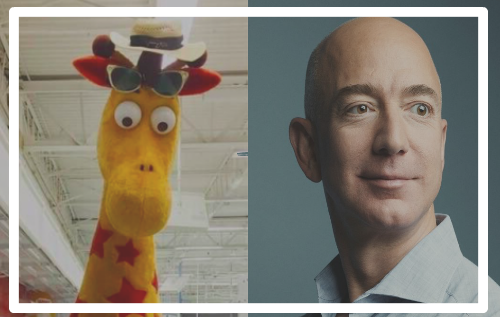
The business analysts for investment firms and marketing agencies alike seem to be in agreement that ecommerce was the cause for Toys R Us stores across the United States closing their doors this month. Most point to the success of Amazon as the culprit for their closure, with more nuanced perspectives bringing up the fact that Toys R Us was the subject of a leveraged buyout that put it into a considerable amount of debt.
Is it possible that both of these perspectives are just small parts of a much larger and more important story?
After all, Toys R Us did have a competitive online store, and leveraged buyouts are fairly common. They shifted their model to cater more to a growing interest in video games among children, but it seemingly wasn’t sufficient. The reason why a company goes under is rarely ever one reason, and in this case, Amazon may only have been just one piece of a more important shift in the retail industry as a whole: the shift towards an omnichannel experience.
Keeping Up With Customer Engagement

A prime example of this is the virtual reality headset, a product that has grown increasingly popular with children since the mobile-based headsets were introduced. Toys R Us didn’t feature display models of these products, which are arguably one of the most important products to offer demos for. Instead, they were stacked on shelves, where they remained even as they were increasingly marked down as stores closed.
In addition, the LEGO displays were much the same since Toys R Us started carrying their products in the 1980s: locked behind a glass case. An interactive display for 360° views of the different sets could easily excite children about their products, as well as bring in parents who are trying to compare sets before they buy.
Flying Blind Without Consumer Data
Perhaps one of the more egregious and obvious shortcomings was the lack of a Toys R Us app into very late into the company’s history. Toys R Us did not have an app outside of a Babies R Us registry app until it had already filed for bankruptcy. Even then, their app “Play Chaser,” only featured mild VR capabilities that included a few games for young children to enjoy while in the store.
The more sophisticated capabilities found in the apps of other specialty retailers, like simplified checkouts or personalized beacons, were remarkably absent. The underlying purpose of an app, to collect data on consumer behavior and buying habits, was also missing, which left Toys R Us in the dark regarding consumer trends.
Toys R Us had very few ways to interact with customers through their mobile devices, which has become increasingly important in the past decade. Modern POS systems also have such a capability, and though Toys R Us did consistently innovate with its a customer loyalty program, the information they collected through this program was not prioritized. Much of their strategy consisted of focusing on building a two-channel click-and-mortar location, as opposed to developing into the more in-demand omnichannel model.
What Retailers Can Learn From Toys R Us
The biggest takeaway from where Toys R Us has fallen short has been embodied in the still-thriving Canadian Toys R Us stores. Toys R Us Canada has espoused the concept of “merging digital stores and physical stores” into unified commerce and an integrated multichannel business model. In addition, they are foregoing the previously unsuccessful warehouse-like structure of US locations in favor of a more experimental model of offering unorthodox activities and events that focus on bringing customers into the store rather than just trying to compete with their prices.
For specialty retailers who are concerned about their standing in light of Toys R Us closing all of their US stores last Friday, the solution isn’t a race to bottom in prices. It’s charting your own, branded customer experience and experimenting with retail technologies to build a new kind of engaging customer journey. Learn how Worldlink can help you build this kind of customer experience today.